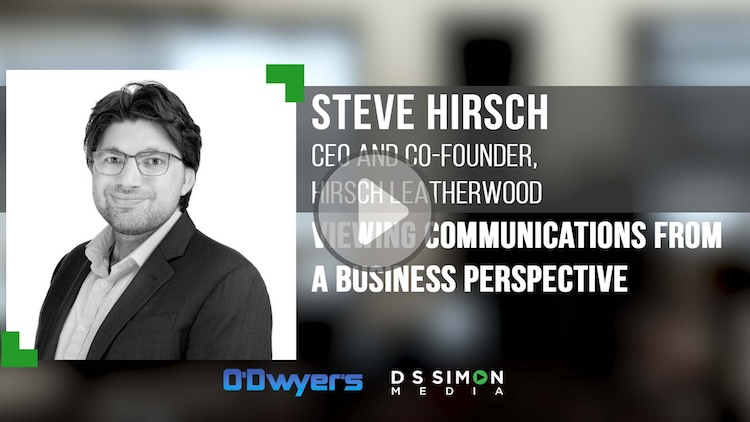“Before anyone ever cared where I would play basketball, I was a kid from Northeast Ohio. It’s where I walked. It’s where I ran. It’s where I cried. It’s where I bled. It holds a special place in my heart. People there have seen me grow up. I sometimes feel like I’m their son. Their passion can be overwhelming. But it drives me. I want to give them hope when I can. I want to inspire them when I can. My relationship with Northeast Ohio is bigger than basketball. I didn’t realize that four years ago. I do now.”
Thus began perhaps the most famous blog post in history when LeBron James -- the “King” -- announced to the world that he was returning to play for his home state Cleveland Cavaliers.
PR writers interact with blogs as much as – or more than – any other social media instrument. Many organizations and some CEOs “author” blogs that are ghosted by PR people. Additionally, blogs have increased exponentially as important journalism outlets in many fields. Media relations professionals must consider particular blogs and bloggers every bit as important as their more traditional editorial contacts in print and broadcast media.
Now clearly, there are waaaay too many blogs – upwards of 172 million at last count -- and the vast majority is rarely read by anybody, which, in most cases, is heartily deserved.
Nonetheless, blogging can prove an integral weapon in a PR initiative. Creating a successful blog can provide an excellent way to engage with an organization's key publics.
The problem, of course, is creating one with a following. As with any writing assignment, a public relations writer must follow a disciplined strategy in building a blog that acquires a regular audience. Components of that strategy should include the following:
· Authority – The challenge for any blogger is to build trust in blog content by establishing a voice of authority. To do this, a blogger must have autonomy to weigh in on current events that concern industry and society, candidly stating organizational positions and beliefs.
· Voice - The best “voice” for any blogger is one that is not only authoritative, but also inviting and human. Corporate speak – using the jargon and platitudes that plague most companies – won’t appeal to most bloggers. A blogger must offer something different if he or she wishes to command an audience.
· Look – The appearance of a blog is important. Oh sure, content is king, but....an attractive and eye-appealing blog will help readership. Design help (for a modest price) isreadily available and may well be worth the investment.
· Passion – “Passion” is a word rarely associated with bureaucratic organizations. They are much more often safe and conservative in their language, rarely sharing emotion. But the best blogs are those that offer sincerity that, if not brimming with raw emotion, at least gives readers a strong indication of the writer’s true feelings. Passion breeds readership and followers. The key is to marry passion with the standards of your organization.
· Consistency – Just as a blog’s voice and tone should be consistent, so too should be its publication schedule. For a blog to be respected (not to mention, expected) it must be published on a regular schedule at least once every week. A blog is a living organism and it therefore must be fed consistently with new content. A blog without fresh content that appears sporadically will easily be ignored and wind up being counterproductive.
· Marketing - Remember that in the vast majority of cases, organizational blogs are elements of, and complements to, the marketing mix. The blog should be used as another marketing tool to help introduce, explain, and ultimately sell quality goods or services. Like any other commodity in public relations, If the products aren’t worth it, the best blogging strategy in the world won’t help.
Fraser P. Seitel has been a communications consultant, author and teacher for 40 years. He may be reached directly at [email protected].










 Have a comment? Send it to
Have a comment? Send it to 
No comments have been submitted for this story yet.